Fun facts about the Venus Flytrap
There are several strange but true Venus Flytrap facts that are worth telling.
The Venus Flytrap plant, unlike most plants, actively seeks insects, not to pollinate, but to feed on! You see, Venus Flytrap plants grow in soils that are poor in nutrients. And Venus Flytraps catch insects and digest them for the nutrients that they cannot get from soil.
Here are a few interesting facts about Venus Flytraps:
Venus Flytrap plants are not tropical plants.
Venus Flytrap plants are native to North America.
The only place in the world that you can see native Venus Flytrap plants grow are on the coast of North and South Carolina, in the United States of America.
These plants live in bogs.
Venus Flytrap plants do not eat meat. (Don’t feed them hamburger!)
Venus Flytrap plants catch and digest insects. Venus Flytrap plants even catch and digest small frogs.
Each trap is only good for 4 to 6 catches. After that, the trap withers, turns brown, and falls off.
More Venus Flytrap Facts:
Want more Venus Flytrap facts? How about these facts?:
Each trap has six trigger hairs, three on each lobe.
It takes two stimulations of one hair to trigger the trap.
It takes approximately 10 days for the Venus Flytrap to completely digest an insect, and reopen its trap.
Most Venus Flytrap plants purchased from stores are tissue cultured (micropropageted), or are natural divisions of known cultivars or clones.
Venus Flytrap plants grown from seeds are all different and unique. Each seed grown plant is genetically unique.
Growing Venus Flytrap Facts:
Venus Flytrap plants love 14 hours of sunlight each day.
Flytraps go dormant for 4 to 5 months, from Halloween to Valentines day. (Scary to Lovers!)
Venus flytrap plants need well drained soil. No wet feet.
More Facts:
Venus Flytrap plants need nutrient poor soil. Add fertilizer to the soil and you will kill the plant.
If you have more fun Venus Flytrap facts that you would like to share, be sure to add your comment in the box below.
Although these are fun facts, they are also intended to teach you that the Venus Flytrap is not only fascinating to grow and care for, but fun!

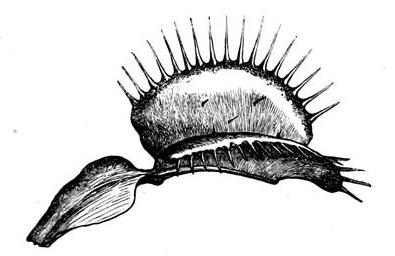
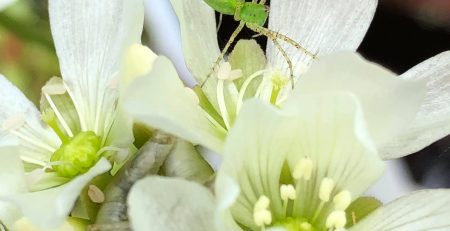
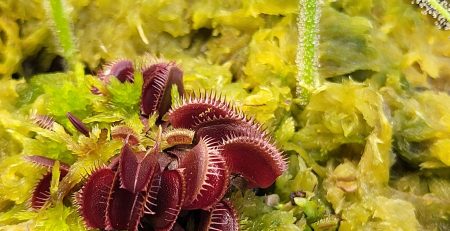
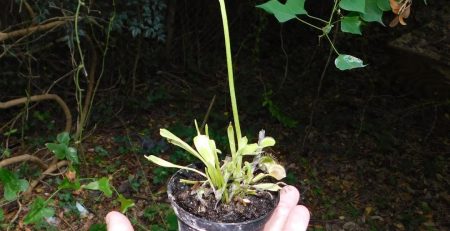
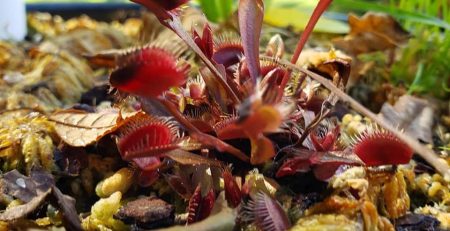
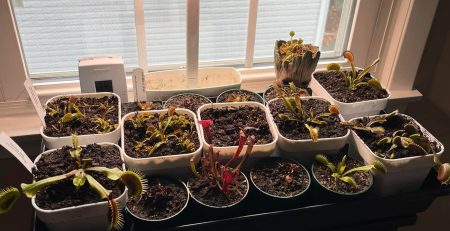
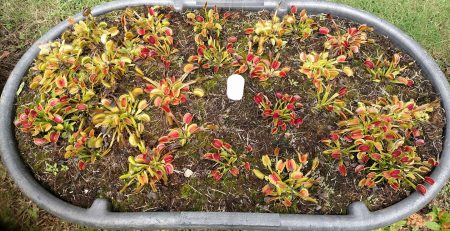
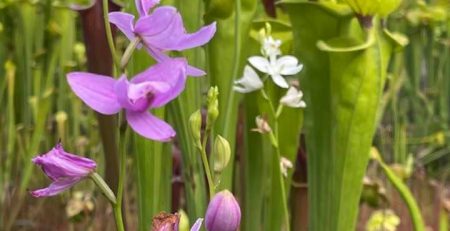
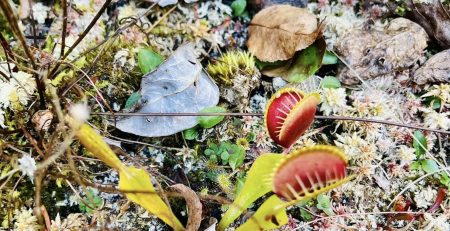
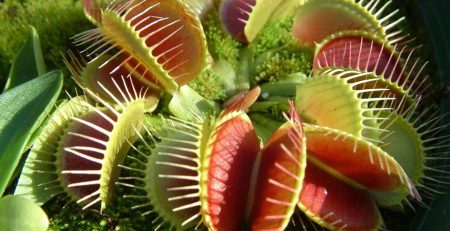
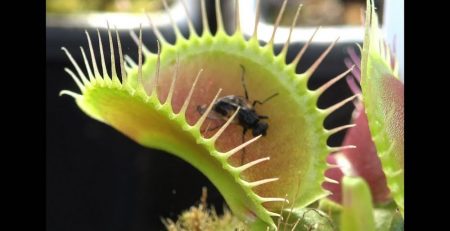
Leave a Reply
You must be logged in to post a comment.